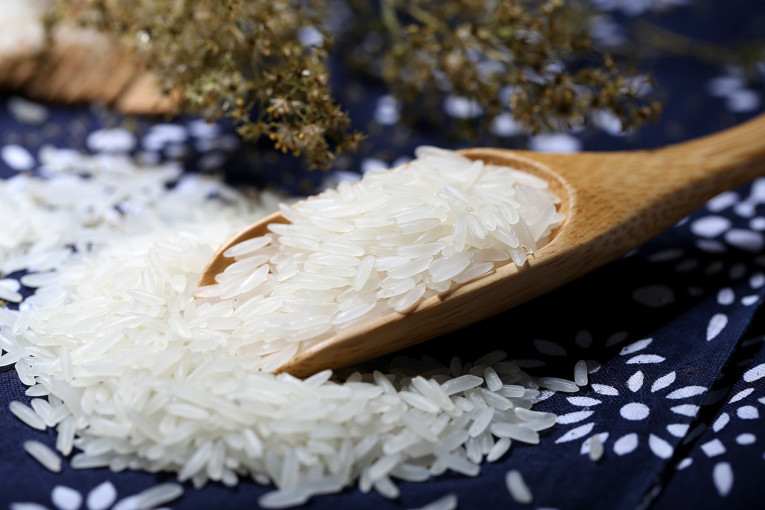
A video circulating on Facebook shows rice being compressed into a ball the size of a ping-pong ball.
While waiting for the compacted rice to unfold, the video shifts its focus to the restaurant’s name printed on the rice box. The person in the video throws the rice ball, causing it to bounce. This led to speculation and concerns that the rice was made from plastic.
Several news reports also circulated, addressing the issue of synthetic rice being distributed in the community. Such reports naturally caused alarm and distress among the public. So, what do experts have to say about this?
Dr. Nanung Danar Dono, vice chair of the UGM Halal Center, clarified this matter to dispel unwarranted concerns and improve public awareness.
The reports and videos about rice made from plastic are false or hoax information. If the rice were truly made from plastic, expanding or transforming into cooked rice when steamed would be impossible.
According to Dr. Dono, plastic polymers only transform into hot plastic when heated or steamed. They might shrivel or shrink if exposed to excessive heat, but they wouldn’t expand.
“So, the same applies to commercial plastic rice. If it does exist when heated, it would only turn into hot plastic rice, not cooked rice,” he said at UGM on Wednesday (October 11).
Dr. Dono explained that if someone can mold rice into a dense ball that can bounce when thrown, it doesn’t necessarily indicate that the rice is made of plastic. Instead, it suggests that the rice contains a high level of non-starch polysaccharides (NSP) or non-patent carbohydrates.
This is especially true for amylopectin and amylose content. Rice varieties with high amylopectin and amylose content include glutinous or sticky rice.
“That’s why lemper (a traditional Indonesian snack made from glutinous rice) feels very sticky when bitten, unlike arem-arem made from regular rice,” he explained.
Dr. Dono mentioned that fake rice, eggs, fish (tempura), cabbage, and vegetables exist in Japan and China. However, these products are used merely as display items for restaurant menus and are not intended for consumption.
In Japan, China, and Thailand, many restaurants display these products in front of their food outlets.
“Again, these are just examples for various menu items sold, not for consumption by the buyers,” he said.
Therefore, netizens and the public should seek clarification about the truth behind news that may be going viral on social media. He advises people to double-check any viral information they come across.
“This is important to ensure that we do not create confusion and do not participate in spreading falsehoods to the public. We should refrain from creating or participating in spreading false news on social media or wherever we are,” he concluded.
Author: Agung Nugroho
Photo: Freepik.com

